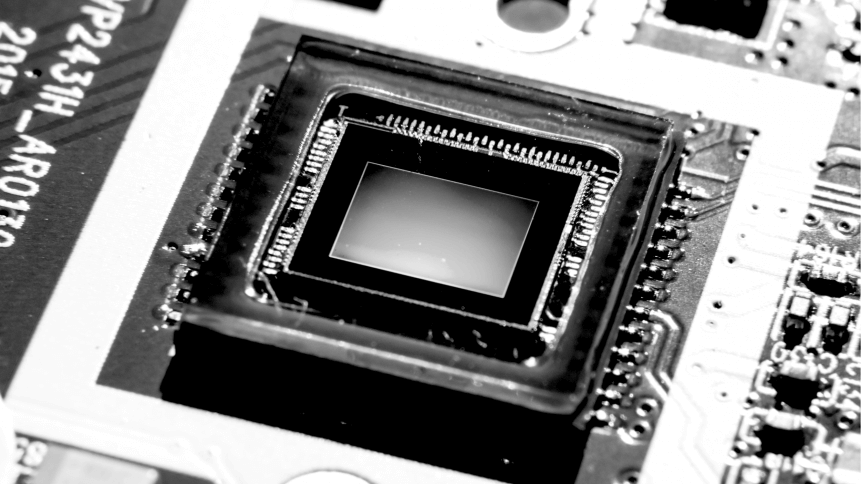TinyML — how it’s breathing new life into tiny IoT devices

- TinyML allows you to run powerful learning models based on artificial neural networks to reach and sample tiny sensors along with low-powered microcontrollers
- Global shipments of TinyML devices are set to reach 2.5 billion by 2030
- TinyML is the best technology for performing on-device data analytics for vision, audio, and motion
The uncertainty of 2020 has done little to dampen investments in machine learning. The technology continues to attract interest in business, even if the focus of projects and applications has changed tack in the short-term.
Tiny Machine Learning (TinyML), however, doesn’t often get a mention. This machine learning subset enables the integration of a machine learning model into a C++ program to create powerful apps for deploying on low memory and low-power devices.
Companies are now turning to TinyML to build in product intelligence. According to global tech market advisory firm ABI Research, a total of 2.5 billion devices are expected to be shipped with a TinyML chipset by 2030.
Instead of running complex machine learning (ML) models in the cloud on large, power-hungry computers, this approach involves running optimized models for pattern recognition in endpoint devices. This takes place on microcontrollers no bigger than a grain of rice, consuming only milliwatts of power.
Microcontrollers facilitate automation and embed the control in electronic systems, as well as the connection of sensors and applications to IoT. They are small, purpose-built computers dedicated to performing one task or program within a device. In television, for example, microcontrollers control the channel selector and speaker system, while also changing those systems when it receives input from the TV remote. Since they are embedded in the devices they control, microcontrollers, and the components they manage, are collectively called embedded systems.
These embedded systems can be found in nearly every modern electronic device — home appliances, medical devices, office machines, and cars. TinyML has the potential to transform the way we deal with IoT data, where billions of tiny devices are already being used to provide greater insight and efficiency in sectors including consumer, medical, automotive and industrial. There are 250 billion microcontrollers in the world today with 28.1 billion units sold in 2018 alone, while annual shipment volume has been forecast to grow to 38.2 billion by 2023.
Practical implications
TinyML’s capability in building neural networks, for example, can fix problems and create new solutions that were previously unthought of. The combination of TinyML and hardware could replace animals as testing models in drug testing process, and accelerate the drug development and design process from five years to just 12 months.
As noted by The Next Web, in agriculture, TinyML could be used to monitor the sound of beehives and detect anomalies and distress caused by things as small as wasps, with tiny sensors triggering alerts based on sound models that identify a hive under attack, which then allow farmers to secure and assist the hive immediately. In the same vein, in certain settings, these devices could be programmed to detect unusual coughing as the first line of defense for COVID-19 containment.
YOU MIGHT LIKE

The dark side of artificial intelligence
TinyML has been highly accessible to both software developers and engineers and gives them a powerful set of new tools for solving problems. By allowing those that want to build embedded systems using machine learning to build models, industry players have been quick to recognize the value of TinyML and have moved rapidly to create a supportive ecosystem. Developers at every level, whether it be enthusiastic hobbyists to experienced professionals, can now access tools that make it easy to get started.
TinyML represents a collaborative effort between the embedded ultra-low-power systems and machine learning communities, which have traditionally operated largely independently. It is an exciting prospect that opens huge opportunities for applications of on-device machine learning that have often been hidden in the past behind the walls of tech giants like Google and Apple.
The potential here will impact every industry from healthcare, retail, agriculture, and manufacturing, to fitness, transportation, and wellness. Every successful ecosystem, however, is built on engaged communities, and a vibrant TinyML community will lead to faster innovations and increased adoption. While it may be only a matter of time before TinyML becomes truly embedded into our lives, its journey in challenging the status quo will be an intriguing one to follow.









